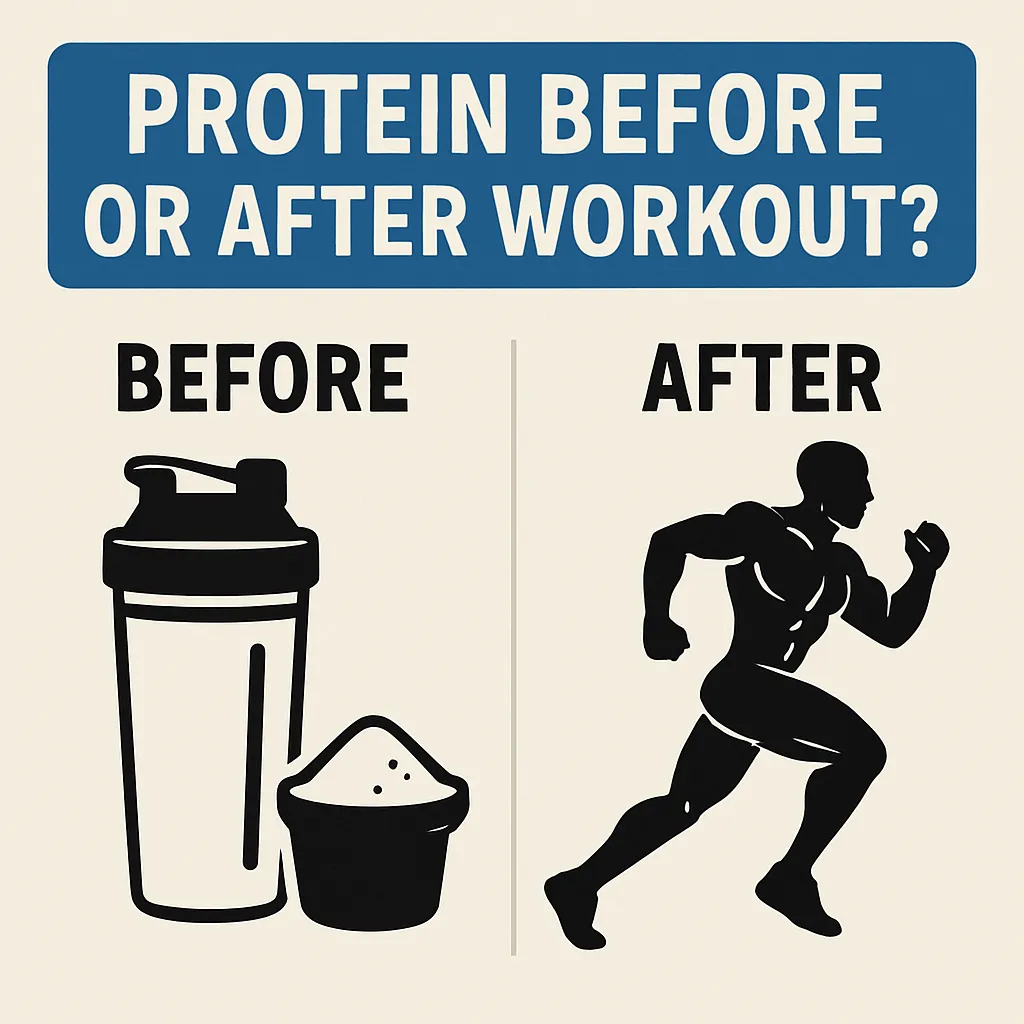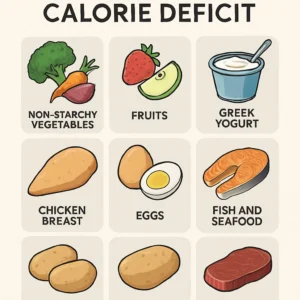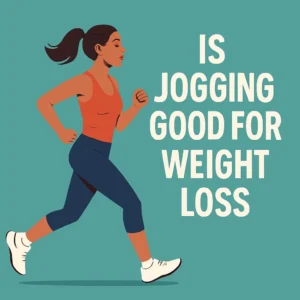When it comes to optimizing muscle recovery and energy levels, the timing of your protein intake can make a significant difference. In this article, we’ll explore whether you should focus on protein before workout, protein after workout, or both, and how each strategy aligns with your fitness goals. We’ll break down the science behind the anabolic window, examine pre- and post-workout protein benefits, quantify how much protein you need based on workout intensity, and offer practical tips on ideal protein sources. By the end, you’ll have actionable advice to structure your workout nutrition for maximum muscle recovery and performance. Let’s dive in and answer the core question: do you eat protein before or after a workout?
Importance of Protein Timing
Protein timing refers to the strategic scheduling of protein intake in relation to your workouts. Getting protein at the right time can help enhance muscle protein synthesis, accelerate muscle repair, and improve overall workout performance. While total daily protein intake is paramount, research shows that distributing protein evenly around workouts can further boost anabolic responses. Whether you’re targeting hypertrophy, strength gains, or endurance, understanding protein timing is key to meeting your fitness goals. In this section, we’ll discuss the anabolic window and outline the distinct benefits of consuming protein both before and after exercise. Proper timing ensures that amino acids are available when your muscles need them most.
Understanding the Anabolic Window
The anabolic window is often described as the period immediately following exercise when your muscles are especially receptive to nutrients. During this time, muscle protein breakdown is elevated, and the body is primed to rebuild stronger fibers. Research suggests that consuming protein within 30 to 60 minutes post-exercise maximizes muscle protein synthesis rates. However, emerging evidence indicates that the window may extend longer, up to two hours, especially if you’ve had a protein-rich meal before working out. The key is ensuring your muscles have a steady supply of amino acids when recovery processes are most active. By understanding and leveraging the anabolic window, you can more effectively support muscle repair and growth. Timing matters, but consistency in protein intake remains crucial for long-term progress.
Pre-Workout Protein Benefits
Consuming protein before workout can supply a steady stream of amino acids during exercise, reducing muscle breakdown. This strategy is particularly valuable if you train in a fasted state or have long gaps between meals. A pre-workout protein snack can also help stabilize blood sugar levels and improve energy availability, enabling you to sustain higher workout intensity. Additionally, pre-workout protein may enhance muscle fullness and provide a psychological edge, knowing you’re fueling properly. Recent studies indicate that having 20–30 grams of high-quality protein 30–60 minutes before training can boost nitrogen balance. Overall, pre-workout protein sets the stage for an optimal anabolic environment right from the first rep. It’s a proactive way to support performance and recovery concurrently.
Post-Workout Protein Benefits
After a strenuous workout, your muscles undergo microtrauma that needs repair through protein synthesis. Consuming protein after workout ensures that amino acids are available to rebuild and strengthen muscle fibers. Post-exercise protein intake also helps replenish intramuscular amino acid pools, which contributes to faster recovery and reduced soreness. Studies show that 20–40 grams of protein consumed within two hours of exercise can significantly enhance muscle protein synthesis rates. Moreover, pairing protein with some carbohydrates post-workout can restore glycogen stores and further aid recovery. Overall, a post-workout protein shake or meal is a convenient and effective way to kickstart your body’s repair mechanisms. Skipping this crucial meal can slow progress and prolong muscle soreness.
How Much Protein Do You Need?
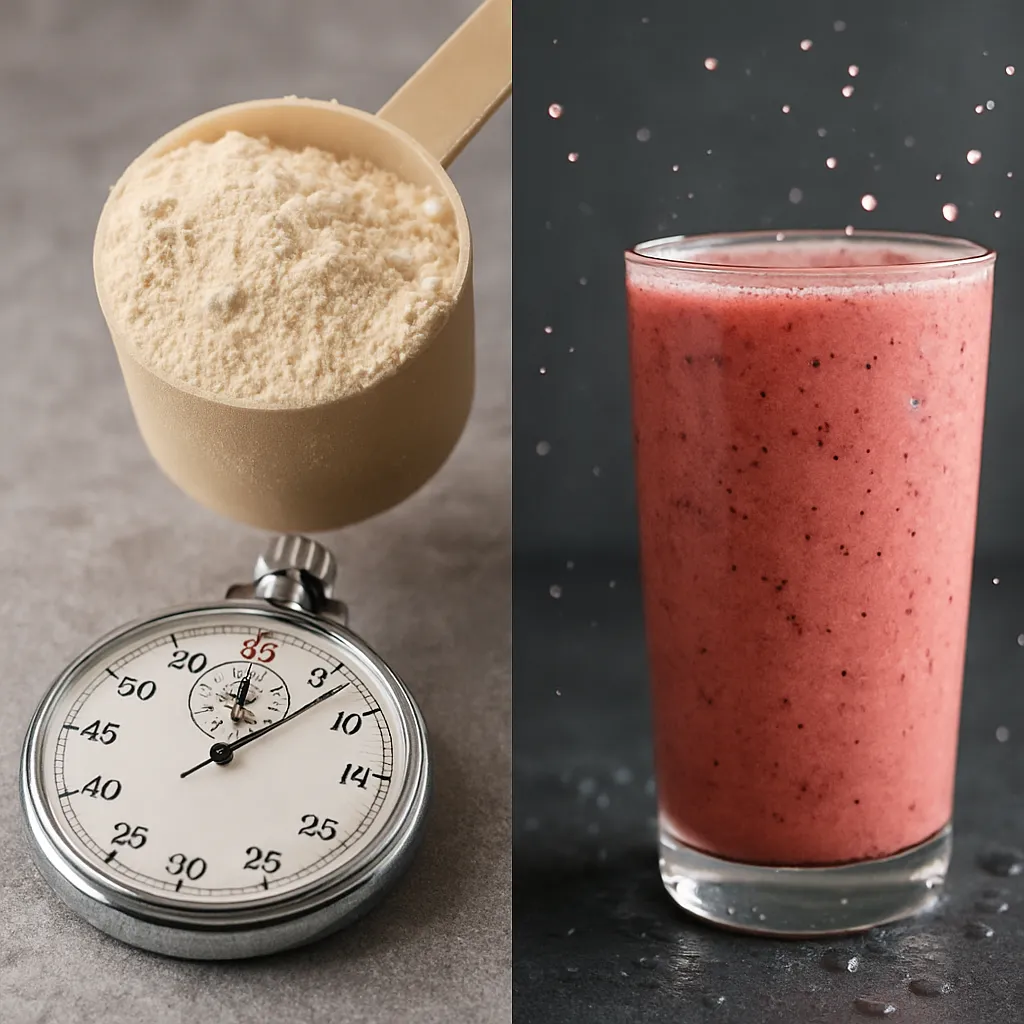
Determining your protein needs depends on several factors, including body weight, workout intensity, and overall fitness goals. While generic guidelines recommend 0.8 grams per kilogram of body weight for sedentary individuals, athletes typically need more. Endurance athletes may require 1.2–1.4 g/kg, whereas strength athletes often benefit from 1.6–2.2 g/kg per day. Spreading protein intake evenly across meals further optimizes muscle protein synthesis. It’s also important to adjust protein intake on rest days versus heavy training days. In this section, we’ll break down how to calculate your daily protein needs and tailor them to your training load. Accurate protein targeting can support muscle growth, repair, and overall recovery effectively.
Determining Daily Protein Intake
To calculate your daily protein intake, start with your body weight in kilograms and multiply by an activity factor. For general health, use 0.8–1.0 g/kg; for muscle gain, aim for 1.6–2.2 g/kg. For example, a 75 kg individual seeking hypertrophy might target 120–165 grams of protein per day. Divide this into 3–5 meals to distribute protein intake, aiming for 20–40 grams per meal. Remember to include a variety of protein sources to ensure a complete amino acid profile. It’s also beneficial to monitor progress and adjust intake based on changes in body composition and performance metrics. Consistency and quality of protein sources matter just as much as quantity when meeting daily targets.
Protein Needs Based on Workout Intensity
Workout intensity directly influences your body’s protein requirements. Light to moderate exercise may only slightly increase protein turnover, whereas high-intensity strength training or endurance sessions significantly elevate needs. Research indicates that athletes in heavy training phases should prioritize the upper end of protein recommendations. During periods of intense training, aim for at least 2.0 g/kg to support repair and prevent muscle catabolism. Conversely, during deload or recovery weeks, you can slightly reduce protein intake while maintaining adequate overall nutrition. Tracking training phases and adjusting protein accordingly can help maintain gains and optimize recovery. Tailoring protein intake to workout intensity ensures that you neither underfuel nor overconsume.
Tips for Consuming Protein Around Workouts
Choosing the right protein sources before and after exercise can enhance digestion, absorption, and overall effectiveness. Not all proteins are created equal—some are fast-digesting, while others release amino acids more gradually. In this section, we’ll highlight ideal protein options for both pre- and post-workout scenarios. You’ll learn how to combine protein with other macronutrients for better nutrient delivery. Practical tips, such as timing and portion sizes, will help you implement these strategies with ease. Let’s explore the top protein picks to fuel your workouts and maximize recovery.
Ideal Protein Sources Before a Workout
Before a workout, you want a protein that is easy to digest and quickly available. Whey protein isolate, Greek yogurt, and egg whites are excellent pre-workout options due to their fast absorption rates. Pair these with a small amount of complex carbohydrates—like oatmeal or a banana—to sustain energy levels throughout your session. Avoid high-fat or high-fiber proteins that may slow digestion and cause gastrointestinal discomfort during exercise. For plant-based athletes, pea protein with rice cake or a small smoothie with soy protein works well. Aim for 20–30 grams of protein 30–60 minutes before training to optimize amino acid availability. These choices ensure you enter your workout fueled without feeling weighed down.
Ideal Protein Sources After a Workout
Post-workout protein should also be fast-digesting to quickly supply amino acids to recovering muscles. Whey protein, lean poultry, or fish like tuna or salmon are top picks. Combining protein with carbohydrates—such as rice, sweet potato, or fruit—can accelerate muscle glycogen replenishment. If you prefer whole foods, a chicken breast sandwich on whole-grain bread offers a balance of protein and carbs. For vegan athletes, a soy-based shake or tofu stir-fry with rice provides a complete amino acid profile. Aim for 20–40 grams of protein within two hours of exercise for optimal recovery. These protein sources help kickstart muscle repair and reduce delayed onset muscle soreness.
Common Myths and Misconceptions
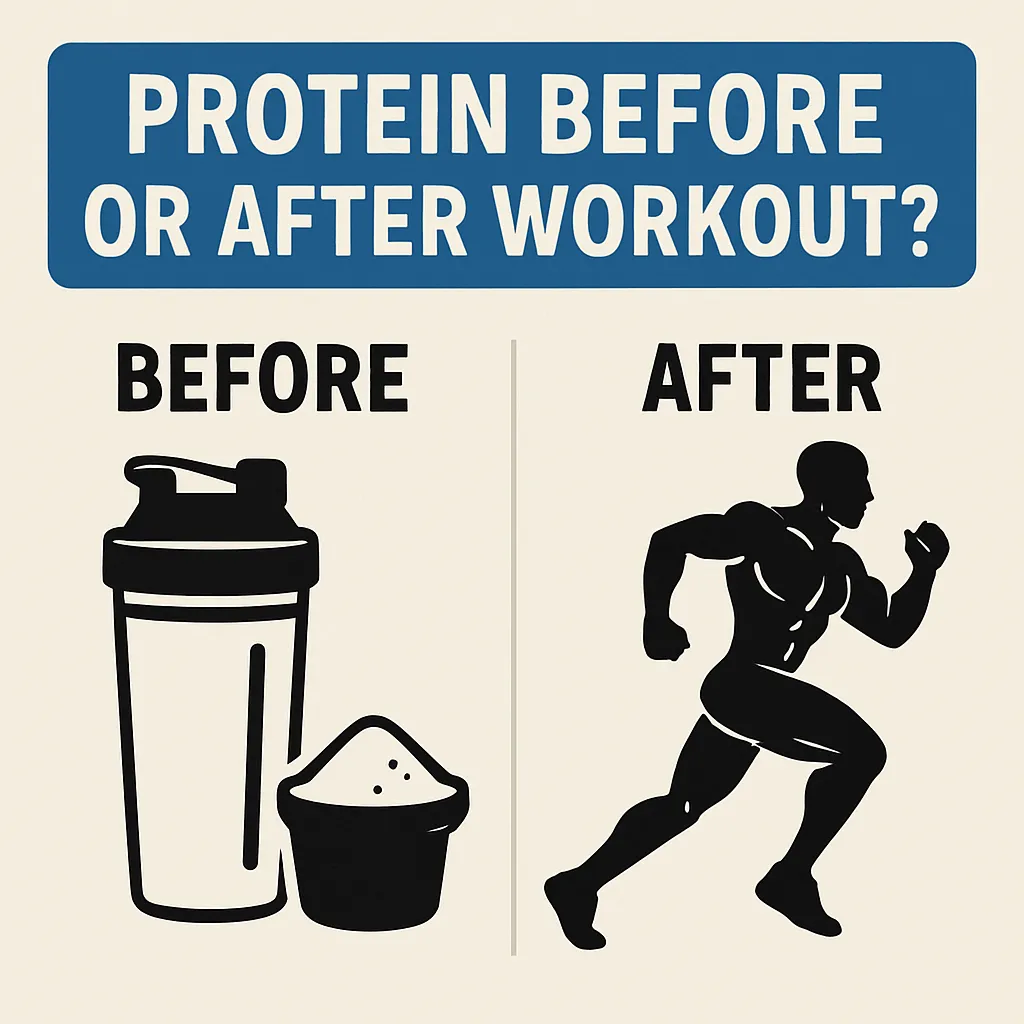
With the abundance of fitness advice online, protein timing myths abound, from the notion that missing the anabolic window ruins gains to the idea that too much protein is harmful. In reality, while timing has benefits, total intake remains the primary driver of muscle growth. Let’s debunk some common misconceptions and clarify the evidence-based do’s and don’ts of protein timing. Understanding the truth will help you make informed decisions and avoid unnecessary stress over meal schedules. By dispelling these myths, you can focus on sustainable habits that truly impact performance and recovery.
The Truth About Protein Timing
One pervasive myth is that you must chug a protein shake within 30 minutes of your workout or lose all potential muscle gains. While timely intake is beneficial, research shows that overall protein intake spread throughout the day has a larger impact on muscle hypertrophy. Another misconception is that consuming protein too late completely negates its benefits. In truth, the anabolic window is more flexible than once thought, extending up to two hours post-exercise. Additionally, some believe that pre-workout protein negates the need for post-workout protein; however, both periods offer unique benefits for muscle maintenance and repair. The key takeaway is to prioritize consistent, adequate protein intake rather than stressing over exact minute-by-minute timing. Focus on sustainable eating patterns that fit your lifestyle and training schedule.
Do’s and Don’ts of Protein Intake
To help you put these principles into practice, here are some clear do’s and don’ts when it comes to protein timing:
- Do spread your protein intake evenly over 3–5 meals per day to maximize muscle protein synthesis.
- Do include a high-quality, fast-digesting protein source within two hours of your workout.
- Don’t rely solely on protein shakes—incorporate whole food sources for vitamins, minerals, and fiber.
- Don’t wait more than three hours between protein-containing meals, especially on training days.
- Do adjust your protein target based on workout intensity, aiming for 1.6–2.2 g/kg on heavy training days.
- Don’t fear consuming protein before workouts; it can help fuel performance and protect muscle tissue.
Following these guidelines will help you harness the benefits of protein timing without falling prey to misinformation. Keep it simple: prioritize total intake, choose quality sources, and distribute protein evenly around workouts.
Below is a comparison table of recommended protein sources and timing strategies for easy reference:
| Timing | Recommended Sources | Ideal Portion | Key Benefit |
|---|---|---|---|
| Pre-Workout | Whey protein, Greek yogurt, egg whites, pea protein | 20–30 g protein + 20 g carbs | Reduces muscle breakdown, stabilizes energy |
| Post-Workout | Whey protein, lean chicken, fish, tofu, soy shake | 20–40 g protein + 30–50 g carbs | Maximizes muscle repair, replenishes glycogen |
| Between Meals | Cottage cheese, nuts, protein bars, legumes | 10–20 g protein | Maintains amino acid availability |
Conclusion
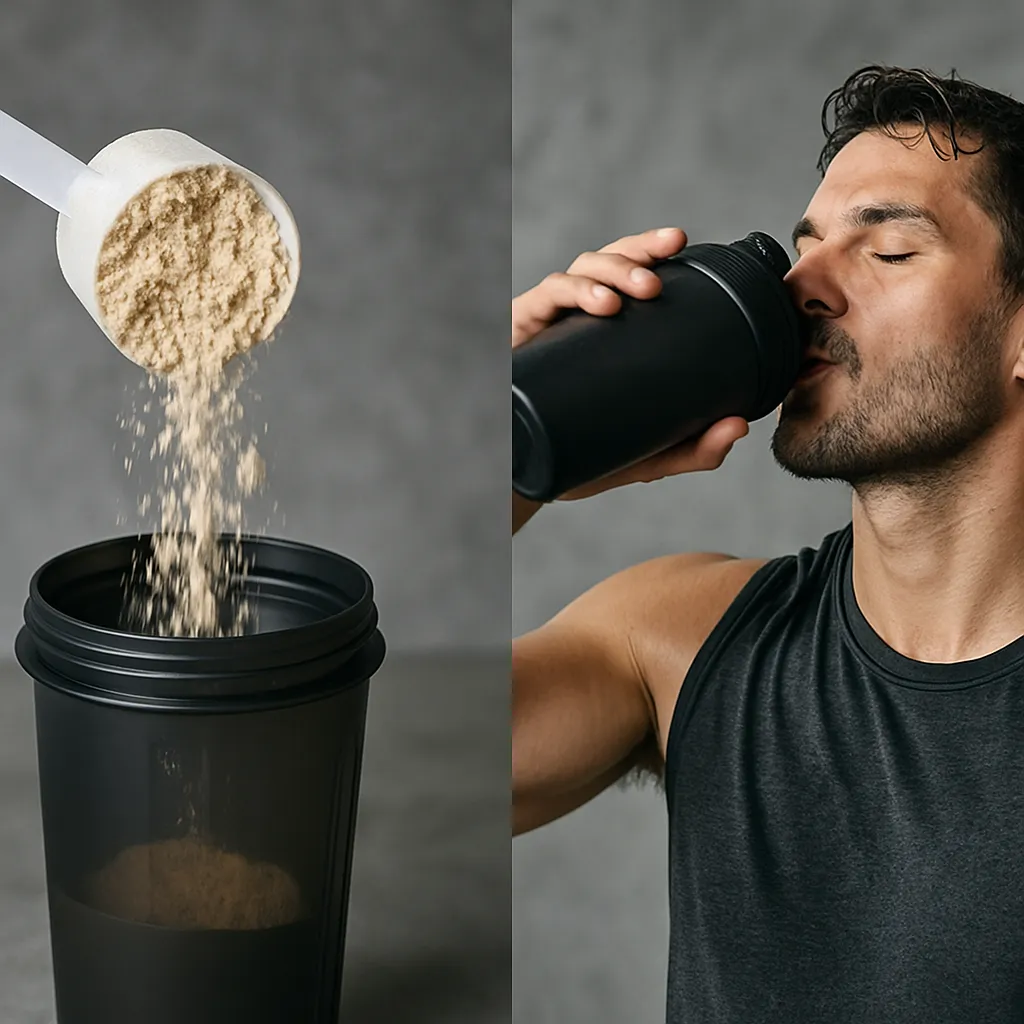
Protein before workout and protein after workout each offer distinct advantages for performance, muscle recovery, and overall fitness progress. By understanding the anabolic window, tailoring your daily protein intake to your training intensity, and selecting ideal protein sources, you can optimize your workout nutrition effectively. Remember that while timing can enhance results, total daily protein intake remains the most critical factor for muscle growth. Use the do’s and don’ts outlined here to implement a sustainable eating plan that fits your lifestyle and goals. Whether you’re a beginner or seasoned athlete, strategic protein timing is a powerful tool in your nutrition arsenal. Start experimenting with the guidelines provided, and monitor how your body responds to refine your approach over time.
